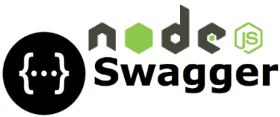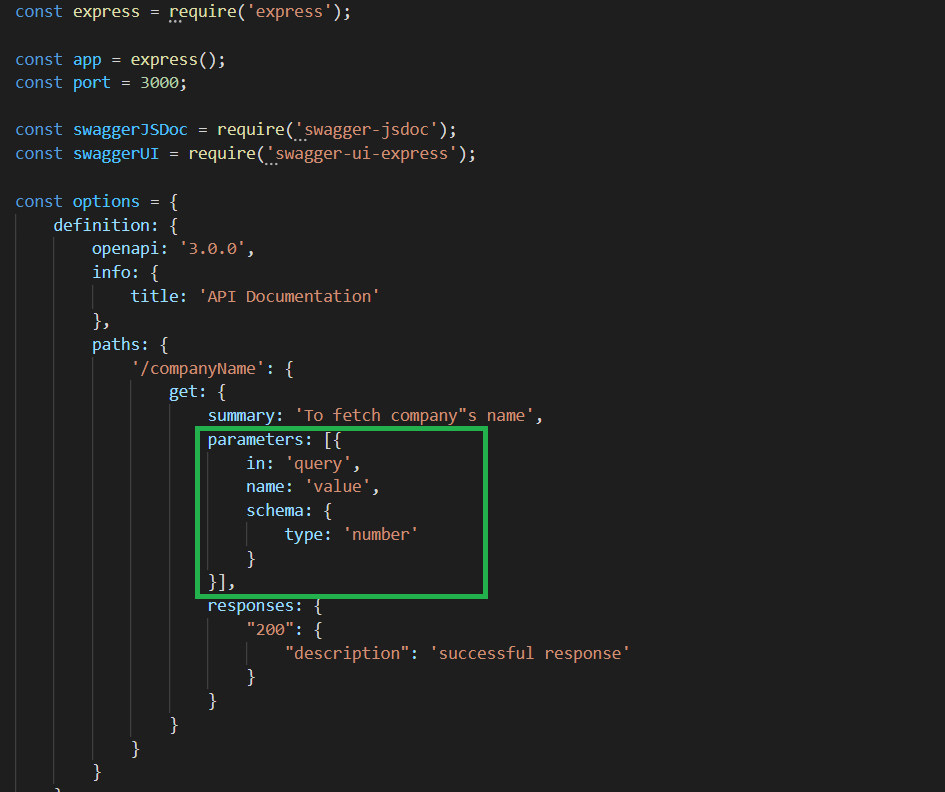

- #Jsdoc swagger editor install#
- #Jsdoc swagger editor software#
- #Jsdoc swagger editor code#
- #Jsdoc swagger editor free#
#Jsdoc swagger editor code#
In our API, we will document it in the development environment by editing the docs/servers.js as follows:ĭescription : "Todo identification number", // descĮxample : "Coding in JavaScript", // example of a titleĭescription : "The status of the todo", // descĮxample : false, // example of a completed valueĮxample : "Not found", // example of an error messageĭescription : "Error internal code", // descĮxample : "Invalid parameters", // example of an error internal code While documenting, you specify the different servers that the API is operating on depending on the environment. While in a testing environment, it is on a testing server, and while in production, it is on a production server. While in a development environment, the API operates on a local server. Otherwise, your webpage should resemble the following:Ī screenshot of general info about the API Documenting API serversĭepending on the current environment of the API, it will be operating on different servers.
#Jsdoc swagger editor free#
Feel free to add more in case you have a complex API as described here. Since our API is simple, there is not much information under the info object. Make sure to modify it to a latest supported version. Title : "Simple Todos API", // short title.ĭescription : "A simple todos API", // desc.Īt the time of writing this article, the latest supported version of openapi was 3.0.3. Openapi : "3.0.3", // present supported openapi version
#Jsdoc swagger editor install#
To install the dependencies, we need to run the following command at the root of the project:

The API will use the following dependencies: Since the main focus is on documenting a REST API, we won’t deal with creating one, but we will clone one from this GitHub repository. In this article, we will implement the specifications using the JSON format. JSON (JavaScript Object Notation) is a lightweight data-serialization standard that follows the JavaScript object syntax.

YAML (YAML Ain’t Markup Language) is a data serialization standard for writing configuration files. The specifications can be in YAML or JSON format. Swagger relies on specifications in developing the documentation of an API. If you are not familiar, you can reference this article. Familiarity with building REST APIs using Express.js.To follow along in this article, it is essential to have the following: In this article, we will document a simple Node.js REST (Representational State Transfer) API using swagger.

It is also known as the swagger specification. The OpenAPI specification is a specification used for creating interfaces used in describing, producing, consuming, and visualizing RESTful APIs.
#Jsdoc swagger editor software#
It follows the OpenAPI specification.Īn API (Application Programming Interface) is an intermediary that enables two different software applications to communicate with each other. Swagger is a software tool used for designing, building, documenting, and using RESTful APIs.


 0 kommentar(er)
0 kommentar(er)
